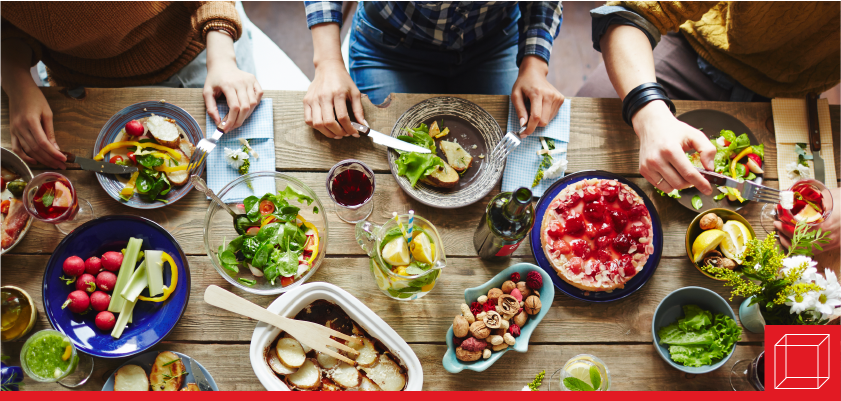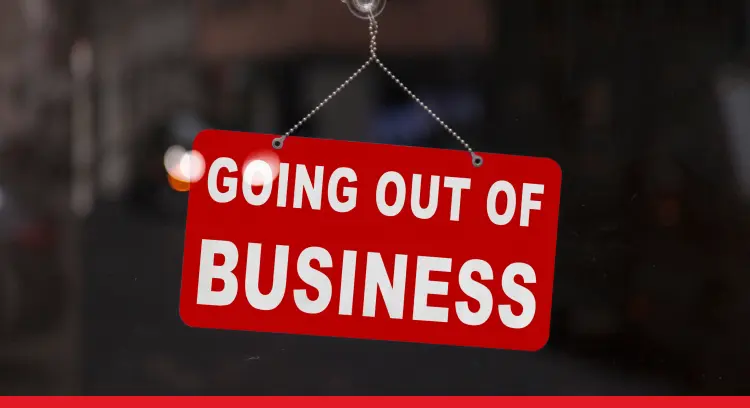Cracker Barrel Makes Changes as Sales Flatten
Can Cracker Barrel Strike a Balance? A Nostalgic Restaurant Chain Reinvents Itself

Cracker Barrel is an iconic American restaurant chain known for its nostalgic country store atmosphere, homestyle Southern cuisine, and rustic décor that evokes the charm of a bygone era. The 54-year-old company, however, has executives questioning if the restaurant is still relevant.
Company History
Cracker Barrel was founded in 1969 by Dan W. Evins in Lebanon, Tennessee. Over the next several decades, the restaurant and country store expanded throughout the South. In 1981, Cracker Barrel became a publicly traded company, and by 1992 it had a $1 billion market value. Today, more than 660 Cracker Barrel restaurants are found in 45 states.
Flatlining Sales
Cracker Barrel’s chief executive officer (CEO) Julie Felss Masino says the company has seen flat sales, a tumbling stock price, and customer frequency declines in the past few years that lead her to believe the company is not as culturally relevant as it used to be. In particular, Cracker Barrel’s core target market is diners who are ages 65 and older, many of whom did not return to dining at the restaurant post-pandemic. The company has lost market share to other restaurants, especially in the dinner daypart.
Masino noted on a call with investors that many of its recipes and operations have not changed in decades. Whereas some say these tried-and-true recipes are what makes Cracker Barrel so enduring, others believe the company is stagnant.
Changes
Cracker Barrel’s goal is to revive the menu and the company’s image while maintaining the comforting and nostalgic feel of the classic restaurant. Under a $700 million plan, Cracker Barrel plans to attract new customers by rebranding itself, adding more comfortable seating, simplifying lighting and décor, and introducing new menu items such as chicken and rice, green chili cornbread, pot roast, banana pudding, and hash brown casserole shepherd’s pie. Additionally, the company plans to open new locations that have a footprint that’s about 15 percent smaller than its current restaurants.
The new menu is being tested at select stores to start. Masino, who has an eye on food, experience, value, and convenience, says the tests so far have received positive feedback. Some stores in metro areas may increase prices while others may decrease prices in an effort to optimize the company’s pricing strategy.
Masino is a former Taco Bell executive (president of Taco Bell International) with experience at Mattel, Sprinkles Cupcakes, Starbucks, and more. Masino, who has been with Cracker Barrel since late 2023, says the brand is indeed iconic but perhaps not quite as timeless of a concept as once believed.
Making changes to a well-established restaurant such as Cracker Barrel is risky because it may alienate loyal customers who have strong attachments to their favorite dishes. Such changes could disrupt the brand identity and nostalgic experience that define the restaurant, potentially leading to a loss of its unique appeal. However, remaining stagnant in the face of changing consumer preferences and culinary trends could also pose risks. Without periodically updating the menu to introduce new flavors, accommodate dietary preferences, or appeal to evolving tastes, the restaurant may struggle to attract new customers and retain existing ones. Only time will tell if Cracker Barrel’s refresh strikes the right balance.
In the Classroom
This article can be used to discuss target markets and the marketing mix (Chapter 11: Customer-Driven Marketing) as well as test marketing and the product life cycle (Chapter 12: Dimensions of Marketing Strategy).
Discussion Questions
- Why do you think Cracker Barrel is not as relevant as it once was?
- Describe the pros and cons of Cracker Barrel's decision to refresh its menu.
- Do you think Cracker Barrel should prioritize maintaining its classic dishes or adapting to current food trends? Why or why not?
This article was developed with the support of Kelsey Reddick for and under the direction of O.C. Ferrell, Linda Ferrell, and Geoff Hirt.
Aimee Picchi, "Cracker Barrel CEO Says Brand Isn't Relevant and Needs a New Plan. Here Are 3 Changes Coming Soon," CBS News, May 24, 2024, https://www.cbsnews.com/news/cracker-barrel-ceo-relevant-here-are-its-new-menu-items/
Meg Wrather, "Cracker Barrel CEO Plans Remodel, Menu Changes," Dallas Business Journal, May 30, 2024, https://www.bizjournals.com/dallas/bizwomen/news/latest-news/2024/05/cracker-barrel-julie-masino-menu-remodel-changes.html
Taylor Penley, "Cracker Barrel CEO Says Restaurant Chain Has Lost Relevancy, Eyes Menu Changes and Remodeling," Fox Business, May 30, 2024, https://www.foxbusiness.com/media/cracker-barrel-ceo-says-restaurant-chain-lost-relevancy-eyes-menu-changes-remodeling



